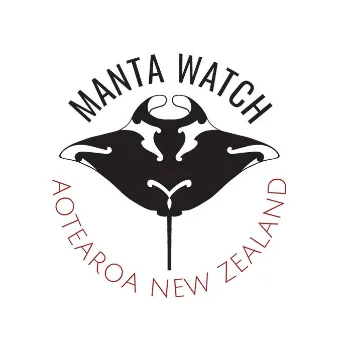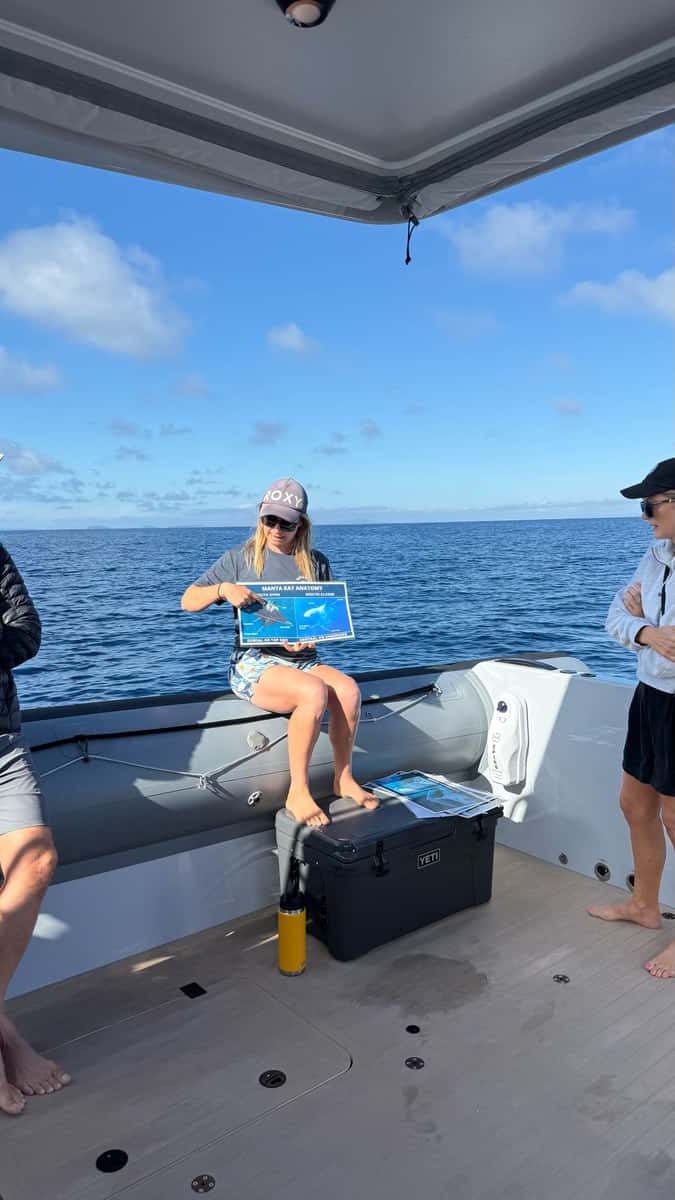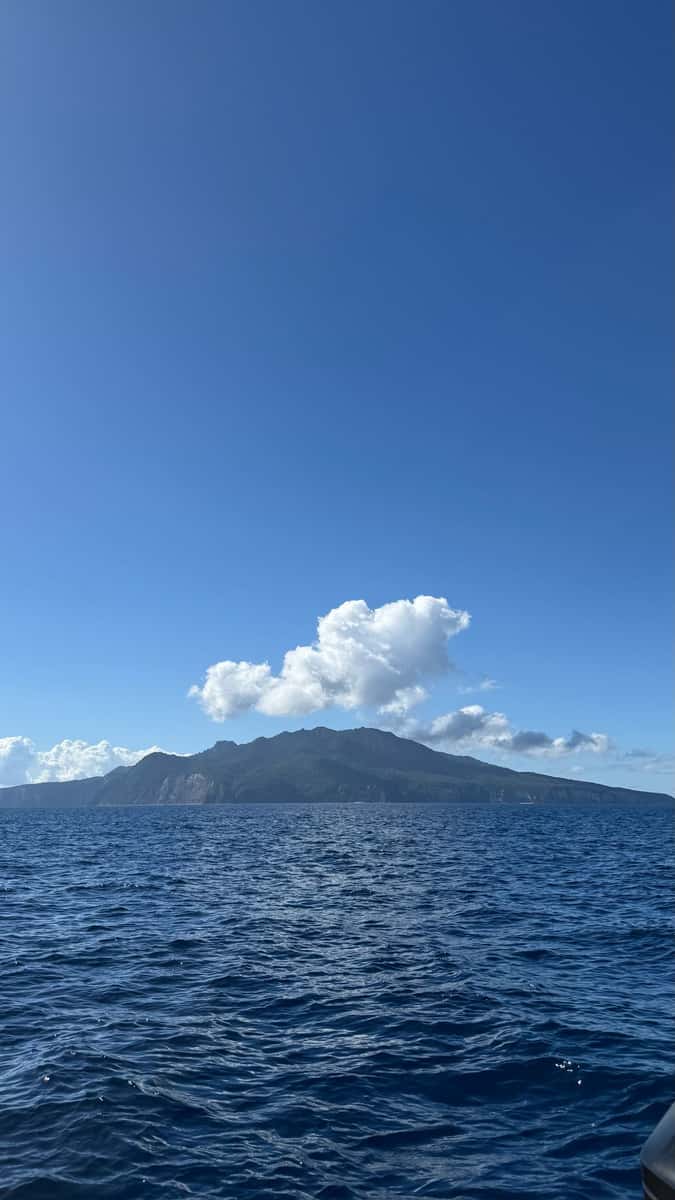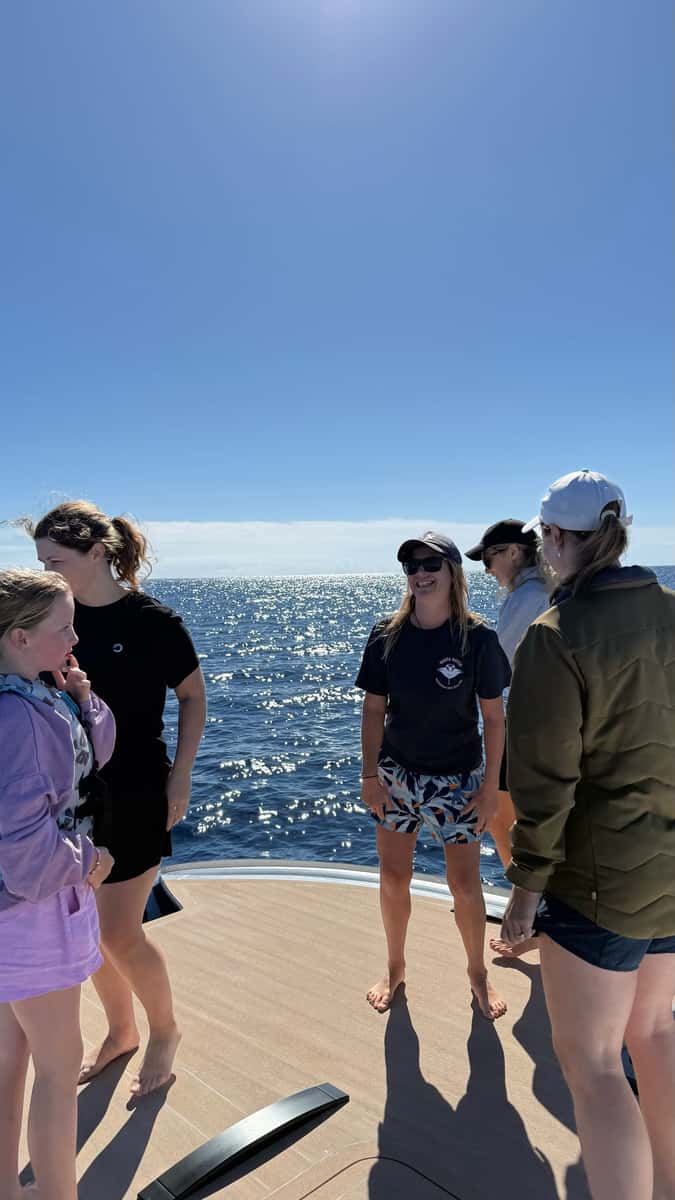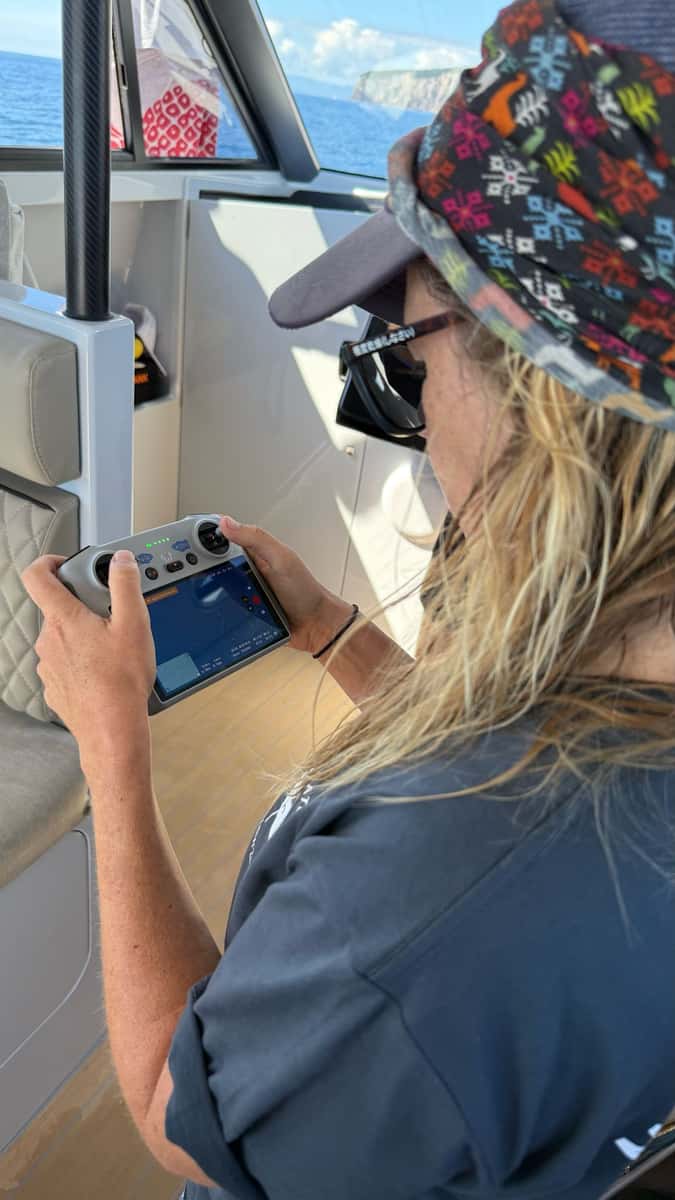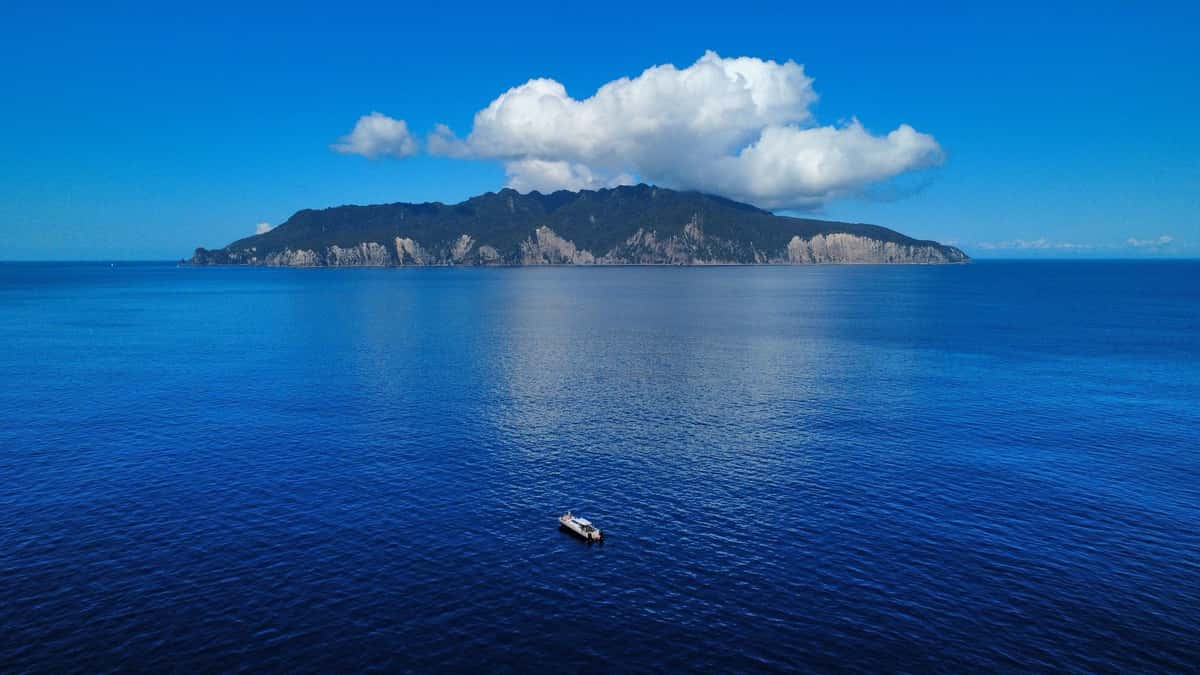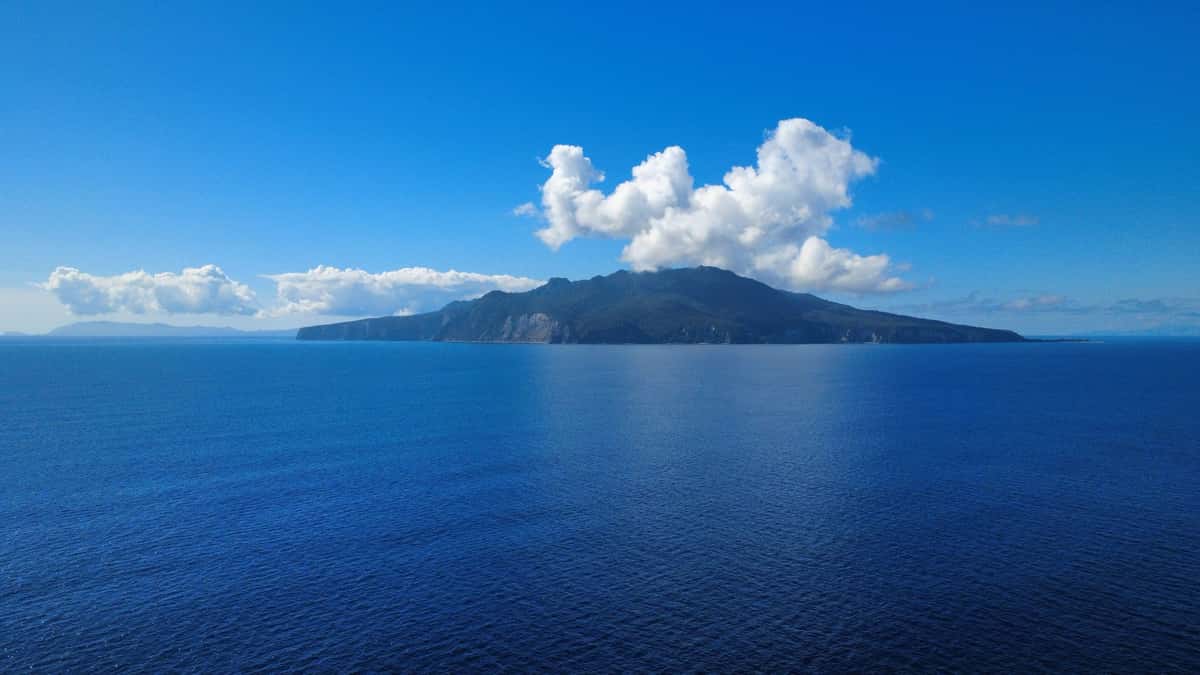- DISCOVERY Yacht Render
Oceanic Manta Ray Surveys with Manta Watch NZ and Live Ocean
- March 25, 2025
- Hauraki Fulg, New Zealand
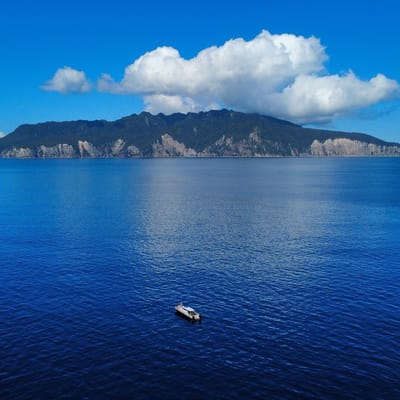
Project Overview
Oceanic manta rays play a vital role in maintaining healthy marine ecosystems by promoting nutrient cycling and supporting planktonic food webs. Despite their ecological importance, manta rays in New Zealand remain understudied, with limited data on their movements and habitat use. Research in the Hauraki Gulf aims to bridge this knowledge gap, contributing to the conservation and protection of these iconic species.
Application
Manta rays are globally endangered. These observations underscore the Hauraki Gulf’s importance as a marine ecosystem and its potential as a hotspot for pelagic megafauna. Although no mantas were spotted, documenting other species’ behavior and presence provides valuable ecological context for future surveys. The trip’s findings contribute to a broader understanding of the Gulf’s marine life and help refine strategies for ongoing manta ray research.
Expedition Summary
On the 25th of March, 2025, The International SeaKeepers Society South Pacific in collaboration with Live Ocean facilitated a one-day expedition in the Hauraki Gulf aboard the DISCOVERY Yacht Render. The expedition aimed to survey oceanic manta rays, document individual sightings, and contribute to ongoing research on their seasonal distribution and habitat use.
The team surveyed key regions of the Gulf, past Rangitoto Island through the northern coast of Hauturu and back, covering 90.5 nautical miles in 7.5 hours. While no manta rays were encountered during the expedition, this information is still vital to the Manta Watch team. However the day offered incredible sightings of large pods of common dolphins, and Brydes whales highlighting the region’s biodiversity.
Location
Hauraki Gulf, New Zealand
Duration of Project
On going
Leadership
Research Team
- Lydia Green – Founder Manta Watch NZ
- Sanaa Nair


